ak • 23 • a sapphic she/they simp who will literally fall for any villain • wide range of fantasy & sci fi fandoms • stargate side blog is @inthemiddeofmybackswing
Don't wanna be here? Send us removal request.
Text
Also Buttercup 😭😭😭 those scenes of Katniss and Buttercup crying over Prim together make me sob
Suzanne really went for the emotional damage of parallels with Katniss giving Haymitch the geese. Because she knows his pain of losing the one you love, she gave him his own equivalent of her pearl that gave her comfort when she thought Peeta was gone.
#sotr spoilers#sotr#katniss everdeen#the hunger games#sunrise on the reaping#haymitch abernathy#primrose everdeen#mockingjay
3K notes
·
View notes
Text
it was at this point in the book when i started sobbing
Suzanne Collin’s just said fuck you to everyone who’s ever critiqued the Hunger Games as being a “teen girl saves the day” story. She said oh, Mockingjay didn’t make it clear enough? Here’s a book about how people have been rebelling for decades only to have their efforts suppressed and propagandized. Rebellion takes time and it takes failure and Katniss may have been the spark that ignited the wildfire but she did so standing atop the doused flames of everyone who came before her.
#fucking ouch#so painful to read#and so timely#sotr#thg sotr#the hunger games#sunrise on the reaping
28K notes
·
View notes
Text
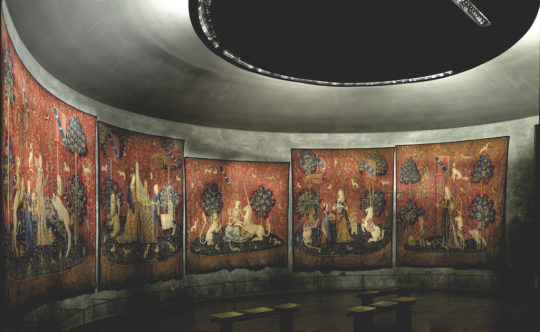
The Lady and the Unicorn is the modern title given to a series of six tapestries created woven in Flanders from wool and silk, from designs drawn in Paris around 1500. The set, on display in the Musée de Cluny in Paris, considered one of the greatest works of art of the Middle Ages in Europe.
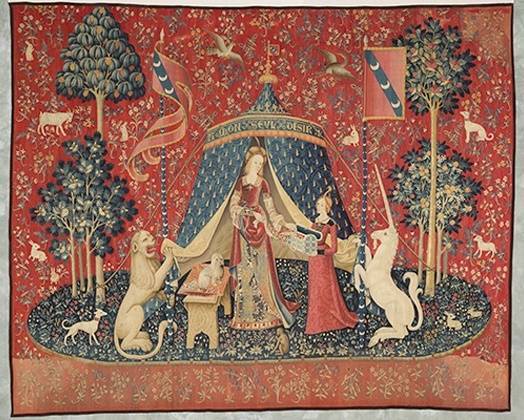
"According to my only wish."
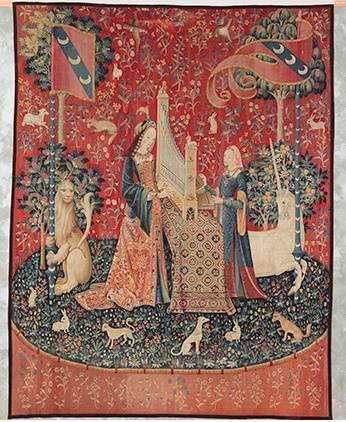
"The lady with the unicorn. Hearing"

"The lady with the unicorn. Touch"
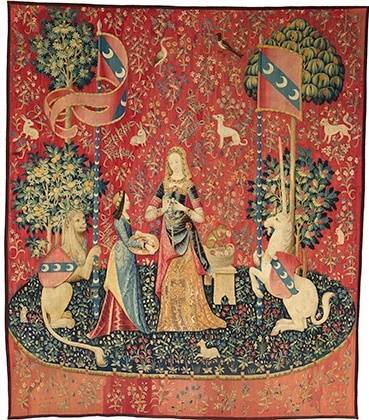
"The lady with the unicorn. Smell."
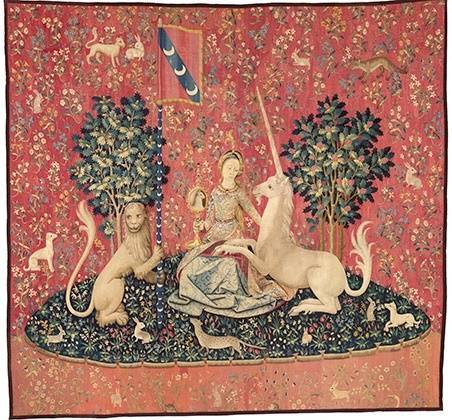
"The lady with the unicorn. Vision"
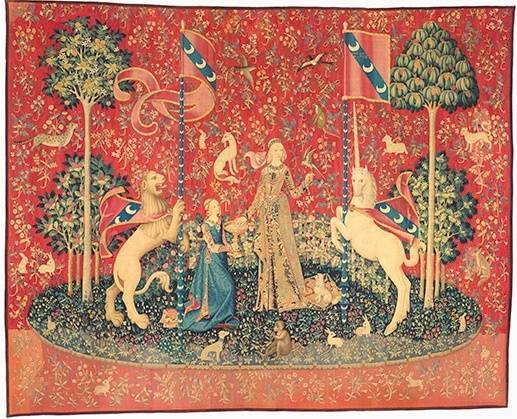
"The lady with the unicorn. Taste"
#this is incredible#our couch had this design on it until our dogs ate it lol rip#i’ve always had a fondness#i had no idea the amount of detail and scale though#wow#middle ages#art
20K notes
·
View notes
Text
#this sounds exactly like my nine-pound housecat this morning#i needed this today so reblogging if anyone else needs it too#big cats being little cats#cats will be cats#cats of tumblr#cat
20K notes
·
View notes
Text
it’s always a good time to remember that time Ivan Vorpatril got discreetly dosed with Cetagandan anti-viagra right before being “invited upstairs” by 2 beautiful noblewomen, so he improvised some bullshit about it being a matter of Male Vor Honor(TM) to get a woman off 3 times before he himself came, and proceeded to foreplay so well and so thoroughly that he successfully exhausted all of them to sleep and snuck out; and the next day started getting a flood of invites to “private parties” hosted by more noblewomen, including at least 1 who was married.
305 notes
·
View notes
Text
If you’ve read any scientific articles in school or for work that was supported or published by the U S government, please download them and do not delete your copies. URLs may have access blocked. They are deleting datasets and research from publicly accessible sites, and we have to retain this knowledge. Information is power— and the knowledge they are trying to take is what is most important to keep in this moment. Stay strong, and practice self and community care.
9 notes
·
View notes
Text
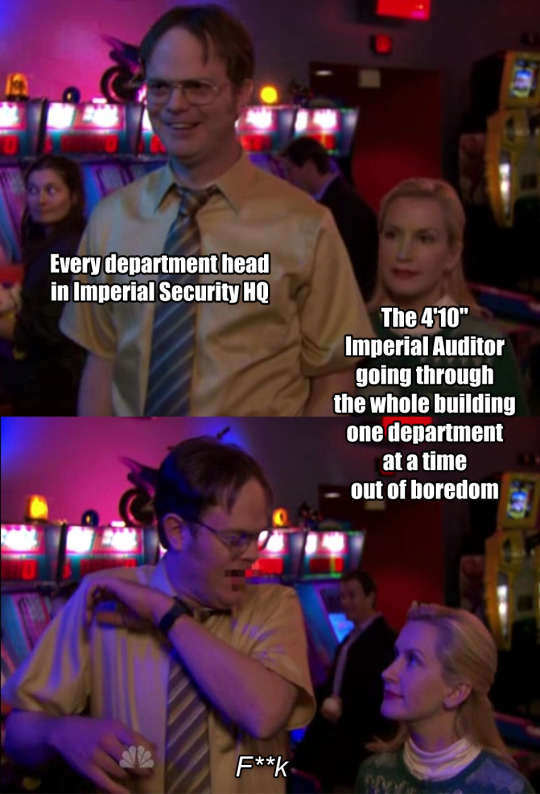


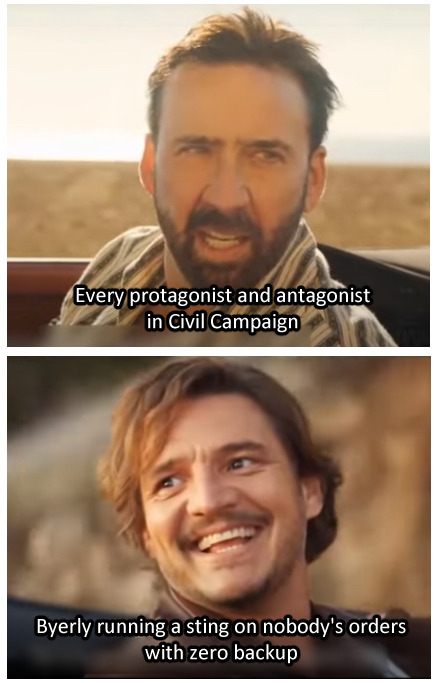
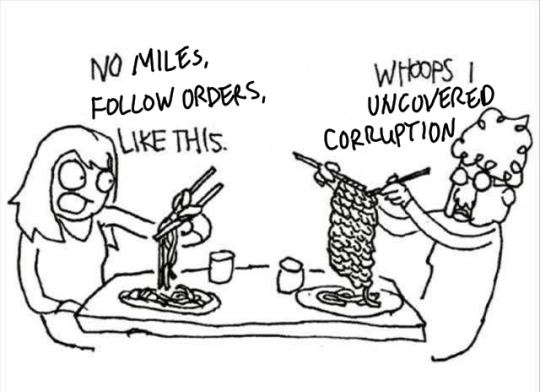
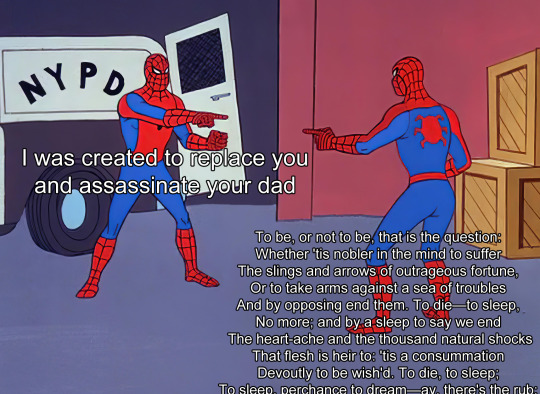
I made even more Vorkosigan memes
Part 1 Part 2
299 notes
·
View notes
Text
I’m so glad people like my Vorkosigan saga memes. I made more for a presentation where I explained what happened in every book but I only had 60 seconds for each, and I explained them in the order they were published instead of the order they happen. It was great. There was shouting. I really need to post those
27 notes
·
View notes
Text
it’s such a shame that even 30 years into the reign of Gregor Vorbarra, Barrayar’s government is still fundamentally non-transparent with a tight hand on the press, because can you fucking imagine watching Ekaterin tell Richars to fuck off then propose to Miles in the Chamber of Counts live on Barrayaran C-SPAN
#ekaterin nile vorvayne vorsoisson vorkosigan#ekaterin vorkosigan#miles vorkosigan#vorkosigan saga#a civil campaign
383 notes
·
View notes
Text

Not what you'd want to see on a dark Ketterdam night
1K notes
·
View notes
Text
I finished A Civil Campaign and I will scream about it more later but. For now, simply put: greatest ever fictional deployment of a couch to deal a lethal amount of psychic damage. Cordelia you fucking legend.
#there are so many perfect moments in that book#but the couch is one of my favorites#the way they KNEW#and mark and kareen had no idea the implications#amazing#vorkosigan saga#cordelia naismith vorkosigan
75 notes
·
View notes
Text
Miles making up the story of his clone on a spur of the moment running-his-mouth-to-save-his-ass situation and then his clone being real is SO FUNNY TO ME
#straight up one of the best moments in the series#vorkosigan saga#lois mcmaster bujold#miles naismith vorkosigan#miles vorkosigan#lord mark vorkosigan
101 notes
·
View notes
Text
The Archive will be down for about 3 hours of maintenance tomorrow, Jan 14 at 22:00 UTC. Check what time that is for you: https://bit.ly/4aiO4Cs.
#the first time i’ve been in the middle of a really good fic when it happened to go down#now following the ao3 tumblr acct now#😭😭😭#(but also thank you to the talented developers who maintain the website. you do a great service for all of us)#ao3#archive of our own#fanfiction
18K notes
·
View notes
Text

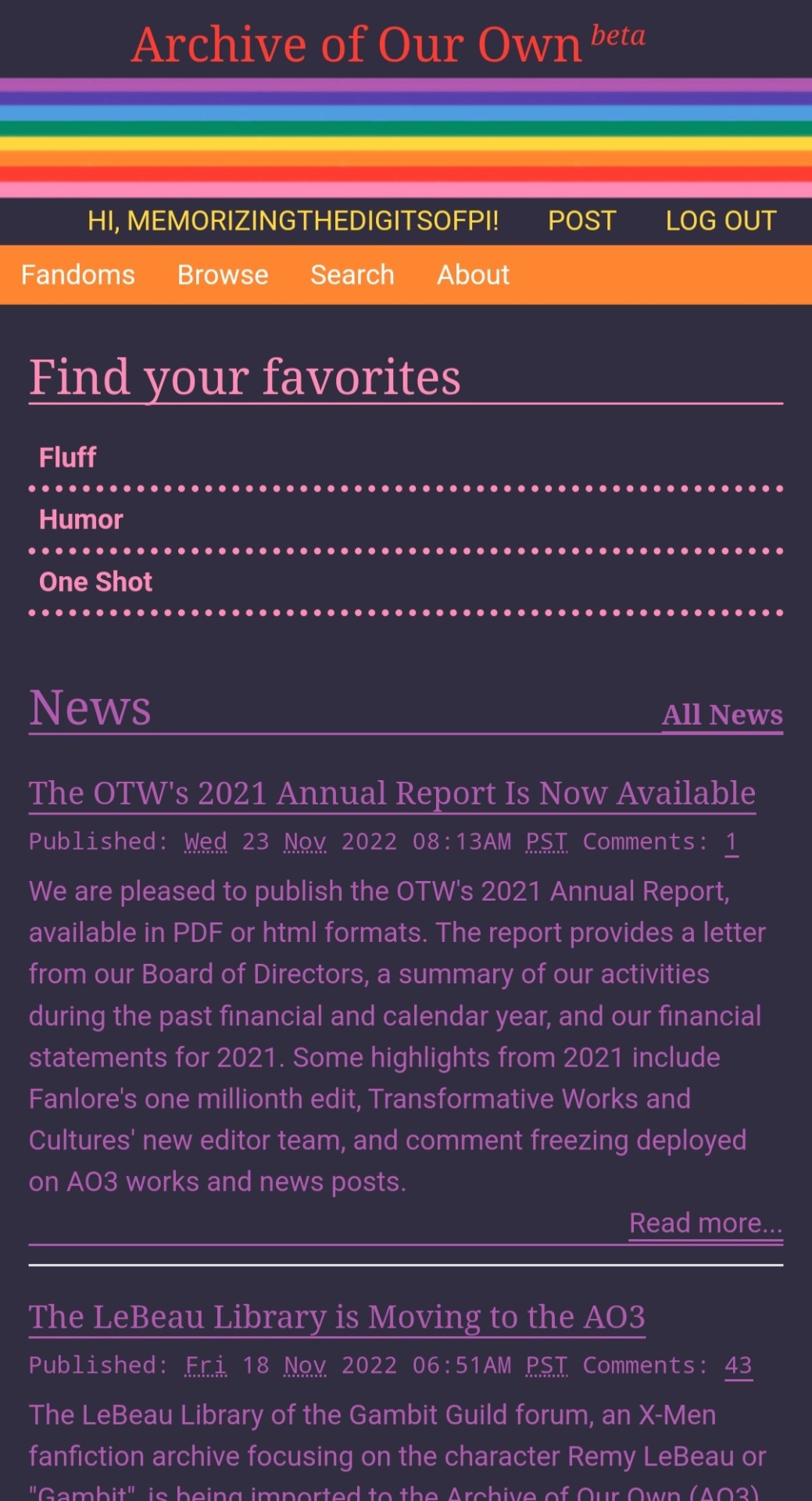
Made a dark mode skin to go with the light mode version of this one.
4K notes
·
View notes
Text
like the first rule of cooking is to have fun and be yourself and the first rule of baking is to stay calm because the dough can sense fear
#idk i’ve fucked a lot of shit up being like#lalala just a little bit of spice here who needs a recipe#but i also wasn’t raised doing very much cooking at all#so trying to learn that as an adult is a journey#baking is great i love it#you have to try the recipe multiple times to get it right but then you understand it and it’s fun
147K notes
·
View notes
Text
One thing I love about Cordelia and Aral is that they come from such different cultures with such different taboos and mores, and they are each delighted by the other's expression of these differences
#the list of taboos is fantastic#and cordelia just being like why are these people so weird i need to write out rules for myself to understand them#vorkosigan saga#cordelia naismith vorkosigan#lois mcmaster bujold#aral vorkosigan
50 notes
·
View notes
Text
we were ROBBED
(Another story in the case of 10, 11 and 12)
#river would have been so excited#rip#even more potential sapphic rep that stayed potential but alas#river song#doctor who#new who#dw#thirteenth doctor#13th doctor
65 notes
·
View notes